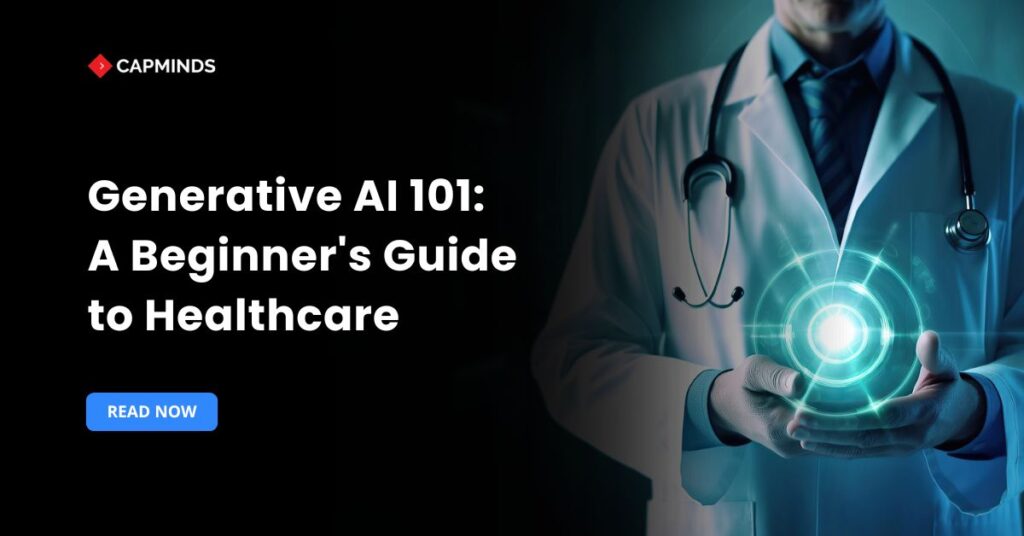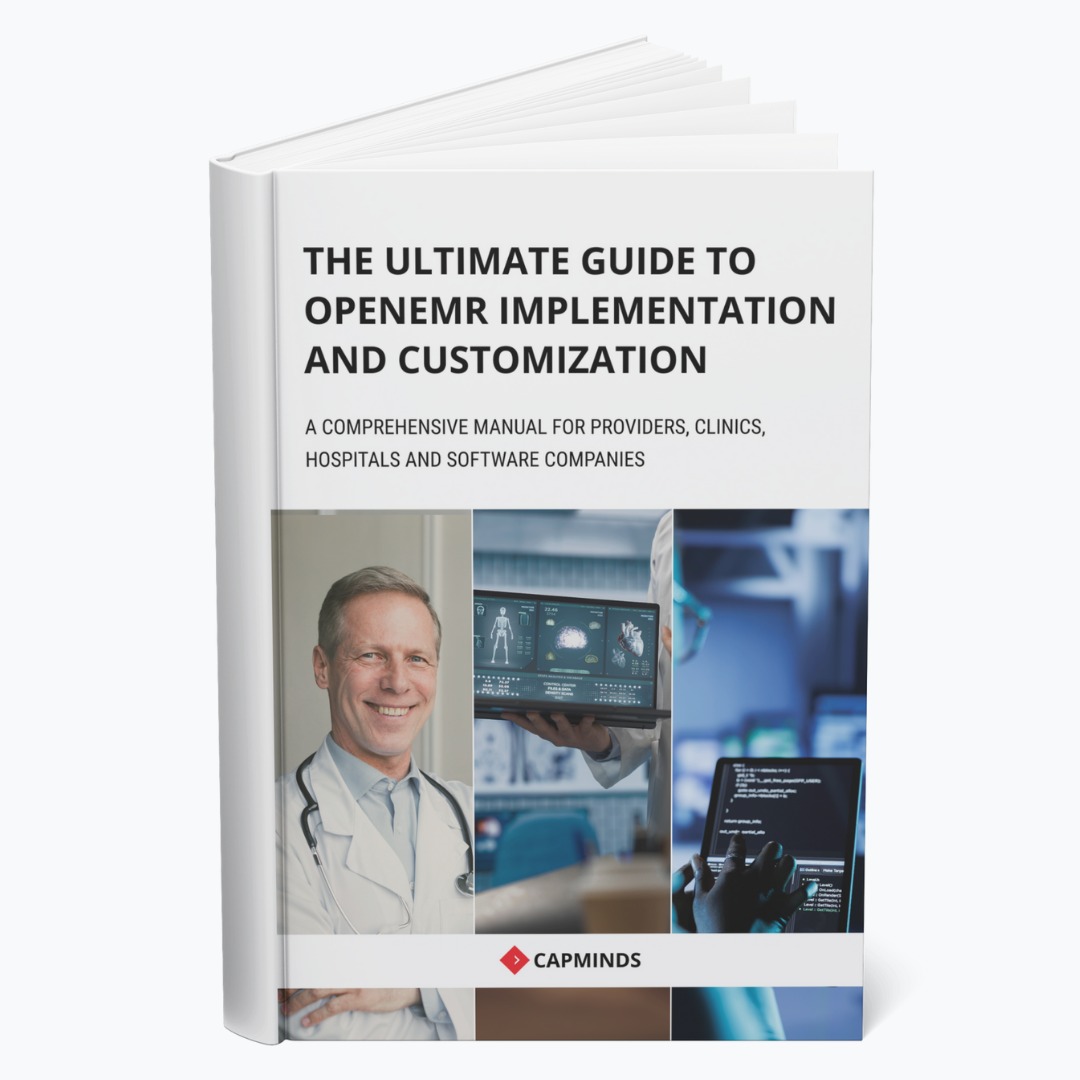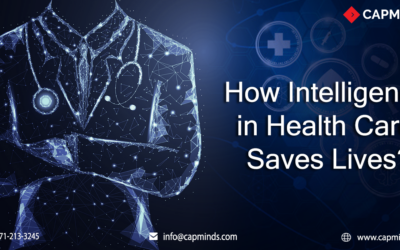Generative AI 101: A Beginner’s Guide to Healthcare
The global generative AI market in healthcare is projected to reach $17.2 billion by 2032. Already, 29% of healthcare organizations in the US have adopted generative AI technologies.
Over 50% of healthcare organizations plan to use AI for training, patient education, and internal knowledge development. In this blog, you’ll explore what generative AI is, the benefits of generative AI, and the challenges in adopting artificial intelligence.
What is Generative AI?
Generative AI, a kind of artificial intelligence that focuses on creating new data that is similar to the data on which it was trained, is transforming healthcare. It works with massive amounts of data to create projections, simulations, and insights.
Generative AI has a wide range of applications in healthcare, including improved patient care, reduced administrative work, and drug development. Generative AI can be used to develop virtual assistants, treatment plans, and analyze medical imagery.
Applications of Generative AI in Healthcare include:
- Patient Care & Engagement
- Medical Research & Development
- Clinical Decision Support
- Administrative & Operations
- Specialized Departments
Key Features of Generative AI
- Gen AI examines an extensive collection of patient data to tailor solutions. It considers factors such as health histories, lifestyles, and responses to therapy, which are utilized to predict health risks.
- Artificial Intelligence enhances medical imagery by increasing clarity, reducing noise, and reconstructing missing parts. It enhances visualization and increases diagnostic precision.
- Supports drug discovery by creating models, forecasting patient results, and executing therapies.
- Analyzing patient data to identify patterns and quickly implement specialized treatment plans.
- AI improves efficiency and lowers costs for providers by doing away with duties like scheduling, data input, and claims processing.
Related: AI Chatbots for Healthcare: A Smarter Way to Support Patients & Providers
Generative AI’s Advantages in Healthcare
The ability of this technology to learn from complex facts and provide fresh, practical insights is resulting in unprecedented efficiency and capabilities in the healthcare sector.
1. Precision of Diagnosis
Large datasets, like patient medical records, can be analyzed by AI to find trends and make precise predictions that speed up diagnosis. Early diagnosis of chronic conditions, including diabetes, cancer, and heart problems, can be aided by generative AI.
Medical imaging utilizes machine learning methods and deep learning to evaluate and enhance the quality of medical images like X-rays, CT scans, and MRIs. Emerging technologies, such as AI-based facial mapping, are also being explored to enhance diagnostic visuals in facial anomaly detection.
2. Personalized Care
AI creates customized treatment plans based on the specific needs of the patient. This leads to effective treatments and reduces side effects.
AI assists in detecting diseases early and adjusting treatment plans. AI-powered chatbots and virtual assistants answer patient queries and provide medication reminders and health tips to improve patient care.
3. Drug Discovery
AI identifies targets that lead to effective new drugs. It proposes optimal drug compound formulations and assesses risks when combining medications. Generative AI assesses potential risks when combining various drugs. Artificial Intelligence refines molecular structures and improves effectiveness by reducing side effects.
AI supports clinical trials to increase success rates and identify new uses for existing drugs and speed up the treatment process. Techniques like AI face swaps are also repurposed to model the interaction between human expressions and drug reactions in virtual environments.
4. Automation of Administrative Tasks
AI automates appointment scheduling and reminders, reducing wait times and administrative tasks. Clinical notes are documented in a structured format with the help of artificial intelligence.
AI helps in reducing human errors, verifies insurance details, streamlines claim processing, and ensures reimbursements. Organizes data from different sources and categorizes it based on priority. Regulatory compliance checks ensure the organization follows healthcare laws and reporting.
5. Enhancing Medical Imaging
Generative AI improves the clarity of medical images and reduces noise, allowing for more precise illness detection. It generates medical images to help in diagnostic model training and research.
Super-resolution imaging can convert low-quality photos or scans into high-resolution images for more accurate analysis. It automatically isolates specified areas, such as cancers or organs, for further evaluation. AI uses deep learning algorithms to analyze patterns in photos to detect diseases in their early stages. AI helps radiologists give data-driven insights.
Related: How AI & IoT Are Transforming Healthcare Apps (And How to Build One)
Challenges in Adopting Generative AI
1. Data Privacy
Generative AI models necessitate massive volumes of patient data, raising concerns about security breaches and illegal access. Healthcare organizations must follow rules such as HIPAA, GDPR, and other data legislation, as well as implement security measures such as data encryption, access controls, and multi-factor authentication.
2. Bias Mitigation
When AI algorithms are trained on biased information, they can reinforce existing prejudices, resulting in erroneous medical judgments. Unbiased data must be addressed to ensure equitable and fair outcomes.
3. Training and Support
Healthcare organizations must provide constant training and support to effectively use AI tools. Stay updated on advancements and ethical considerations in AI applications.
4. Regulatory Frameworks
The growing adoption of generative AI in healthcare necessitates strong regulatory frameworks that ensure ethical use and legal compliance. Follow international laws, ethics, and medical guidelines. Collaboration between agencies and healthcare providers is critical for establishing clear rules and promoting AI usage


